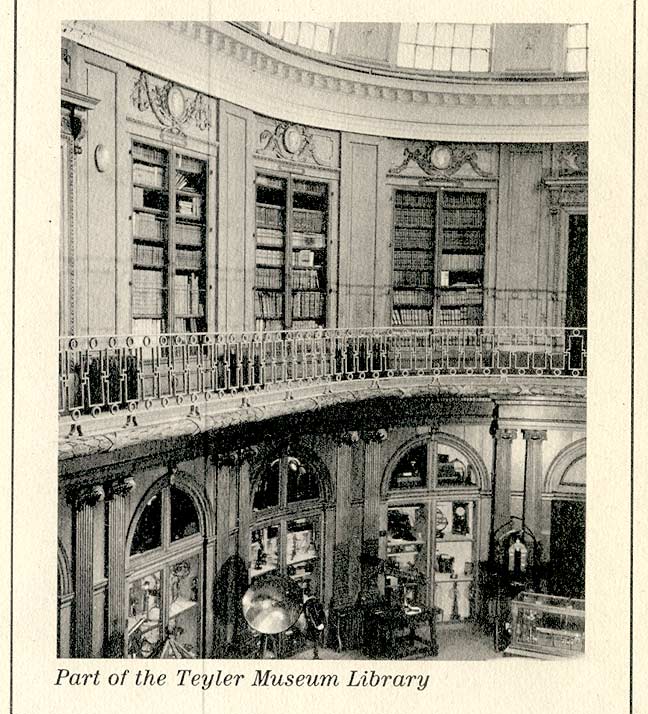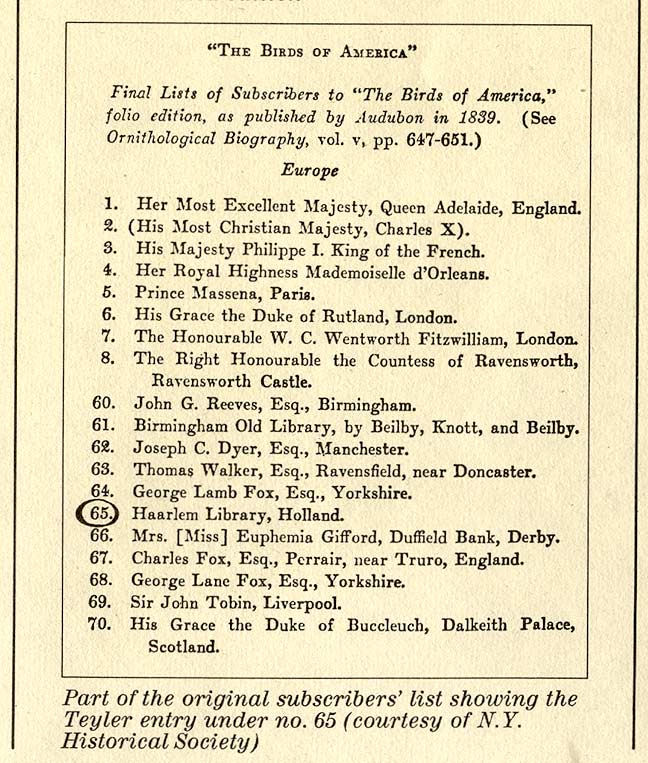Audubon Amsterdam Edition
In October 1971, employing the most faithful printing method available, the best materials and the ablest craftsmen of their age, the Amsterdam firm of Theatrum Orbis Terrarum Ltd., in conjunction with the Johnson Reprint Corporation of New York, set out to produce the finest possible limited edition facsimile of the greatest bird book ever printed: the Havell edition of John James Audubon's well-loved "Birds of America".
"The Birds of America" is the single greatest ornithological work ever produced and is the realization of Audubon's dream of travelling throughout the United States recording, natural size, every native bird then known. The 435 double-elephant folio sized plates, printed by the Havells of London and published in 1827-38, depict some 1,065 different species, the majority drawn from specimens that Audubon himself had captured.
The Curators of the Teyler's Museum in Haarlem, Holland made their copy of the original work available for use as a model. The Museum, founded in 1778, bought their copy through Audubon's son as part of the original subscription in 1839. After long deliberation, the extremely complex but highly accurate process of colour photo-lithography was chosen as the appropriate printing method. The best exponents of this art were the renowned Dutch printing firm of NV Fotolitho Inrichting Drommel at Zandvoort who were willing to undertake the task of printing each plate in up to eight different colours.

The original Havell edition was published on hand-made rag paper and the publishers were determined that the paper of their edition should match the original. Unhappy with the commercially available papers, they turned to the traditional paper manufacturers G. Schut & Zonen (founded in 1625), who, using 100% unbleached cotton rags, were able to produce a wove paper of the highest quality, with each sheet bearing a watermark unique to the edition: G. Schut & Zonen [JR monogram] Audubon [OT monogram].
The publishers and their dedicated team completed their task late in 1972 and the results of these labours were affectionately known as the "Amsterdam Audubon." 250 copies were published and sold by subscription, with the plates available bound or unbound. Given all this careful preparation, it is not surprising that the prints have the look and feel of the original Havell edition.
The Havell edition was expensive at the time of publication and this has not changed. The last complete copy to appear on the market sold for a staggering $8,802,500 in a sale in New York in March 2000. Currently, the increasingly rare individual plates from this edition, when they do appear, generally sell for between $2,500 and $150,000 depending on the image. The quality of the Amsterdam Audubon plates is apparent to any discerning collector and it is becoming ever clearer that they offer the most attractive alternative to the Havell edition plates, given the latter's spiralling prices.








